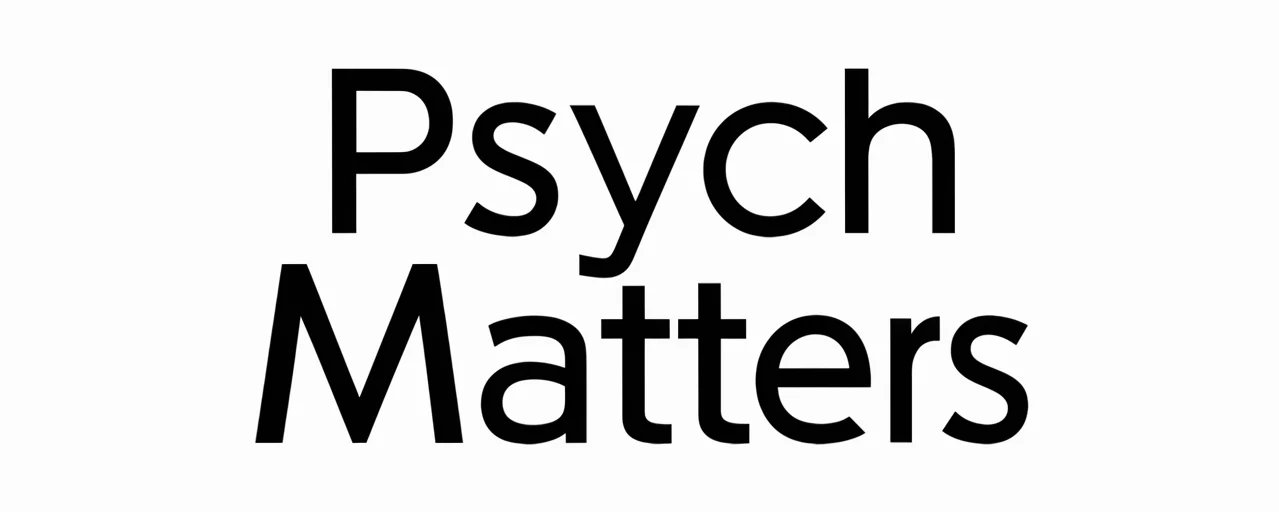Crisis Minds: The Psychology Behind Effective Crisis Communication
Why Understanding Minds Matters When Crisis Strikes
In crisis situations, the speed and quality of communication can directly influence public behavior and trust. However, effective crisis communication is not only about delivering timely facts—it requires a deep understanding of the psychological dynamics influencing individual and group responses. During emergencies, people experience heightened emotional and cognitive strain, impacting how they interpret messages, make decisions, and comply with guidance.

Research from the Centers for Disease Control and Prevention highlights that uncertainty, stress, and limited cognitive capacity under pressure can hinder information processing. Individuals are more likely to rely on familiar authorities and previously trusted sources. This means that communicators must address both the informational and emotional needs of stakeholders to maintain cooperation and prevent harmful behaviors.
By applying principles from behavioral psychology, cognitive dissonance theory, and organizational psychology, communicators can design strategies that acknowledge human limitations under stress, minimize confusion, and positively influence public perception.
Fear, Anger, and Uncertainty – The Emotional Triggers
During a crisis, certain emotional triggers dominate public response. Fear and anger are particularly influential. Fear often arises from perceived threats to safety or well-being, prompting risk-averse behaviors and increased information seeking. Without clear, contextual information, fear can escalate into panic or non-compliance. Strategic message framing—such as explaining risks alongside actionable protective steps—can calm audiences while promoting constructive action.

Anger, on the other hand, frequently emerges when individuals perceive injustice, incompetence, or negligence. This emotion can fuel reputational risks, particularly in the age of social media, where negative sentiment can spread rapidly. Empathy is key: acknowledging frustration without defensiveness can reduce tensions. The CDC notes that validating emotions helps to restore psychological safety, enabling receptiveness to corrective information and guidance.
Uncertainty compounds these emotional states. Psychologically, uncertainty drives people to seek patterns and meaning, sometimes leading to over-reliance on rumors or unofficial sources. By providing clarity and consistency, communicators can reduce the cognitive load on audiences and strengthen trust.
Core Psychological Principles for Trust-Building
Trust is a critical currency during a crisis. According to communication theory and established crisis communication principles, six key behaviors support trust-building:

- Be First: Early communication shapes narratives and reduces speculation.
- Be Accurate: Ensure the information is correct; revise quickly when needed.
- Be Credible: Honesty, even when delivering unfavorable news, preserves long-term reputation.
- Be Empathetic: Demonstrate genuine concern, listening actively to stakeholder fears.
- Provide Actionable Guidance: Empower audiences by suggesting clear, feasible steps.
- Be Respectful: Maintain professionalism even when facing criticism or hostility.
These elements also align with principles from emergency management communication research, which emphasizes the role of psychological safety and emotional intelligence in trust restoration after a crisis.
Tailoring Messages Across the Crisis Lifecycle
Crisis communication is not static—it evolves through a defined lifecycle. The Crisis and Emergency Risk Communication (CERC) framework identifies distinct stages:

- Precrisis: Build preparedness through education, scenario planning, and relationship-building with stakeholders. Incorporate message testing to ensure clarity and cultural fit.
- Initial Phase: Prioritize rapid dissemination of verified facts, empathy, and actionable guidance to stabilize public emotions.
- Maintenance: Provide detailed updates, correct misinformation, and empower the audience for decision-making as events unfold.
- Resolution: Offer closure through outcome reports, acknowledge cooperation, and clarify recovery steps.
- Evaluation: Assess performance, identify gaps, and integrate lessons into future preparedness plans.
These stages map to different psychological states. For example, in the initial phase, heightened stress reduces the ability to process complex instructions, making simple, repeated messaging more effective. In later phases, more elaborate explanations can promote understanding and psychological resilience for future challenges.
Harnessing the Psyche for Future Resilience
Integrating psychological insights into crisis management processes enhances both immediate outcomes and long-term community resilience. By recognizing that people operate under cognitive and emotional constraints during high-stress events, communicators can design strategies rooted in audience psychology and behavioral change communication.

Practical measures include ongoing stakeholder engagement, regular training in trauma-informed communication, and the use of group dynamics to foster collective problem-solving. Attention to mental health considerations—both for the public and for responders—ensures that crisis response strategies are comprehensive and humane.
Ultimately, the psychology of crisis communication underscores a critical truth: delivering the right message in the right way at the right time is not just a tactical skill—it is a science-informed discipline essential for saving lives, preserving trust, and strengthening social cohesion when it matters most.







